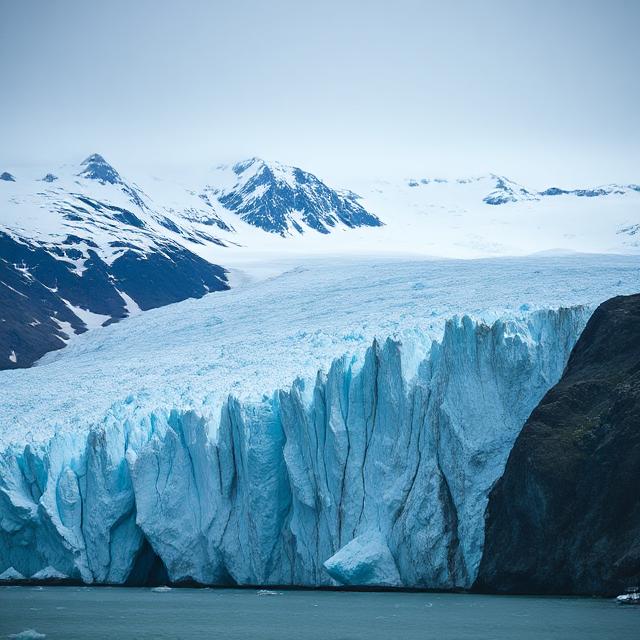Once Upon a Polar Night
In February 2025, researchers in Ny-Ålesund, a tiny scientific outpost perched on the edge of the Arctic in Svalbard, woke up to a world transformed. Instead of the usual frozen tundra and thick layers of snow, they found meltwater lakes glistening atop the icy ground, green plants peeking out like it was spring, and temperatures that seemed to have forgotten which season it was.
“Where are the snowdrifts?” one might have wondered. In fact, on 14 out of 28 days that month, the mercury soared above freezing, sometimes reaching as high as 4.7°C. This is a dramatic shift for a place that, just a couple generations ago, could expect a typical February to hover near -15°C.
What happened wasn’t just a one-off fluke. The region has been heating up at six to seven times the global average. Rain-on-snow events, where rain falls atop existing snow, are becoming much more frequent and could soon become the Arctic’s “new normal”.
Why This Is Big News

This may sound like a curious weather story until you realize what it means for the planet:
– Nature’s Schedule is Out of Sync: Plants and critters in the Arctic have evolved for predictable, icy winters. Sudden thaws can prompt plants to sprout too early and disrupt wildlife that depends on secure, snowy feeding grounds.
– Arctic Microbes Wake Early: When winter soils thaw and refreeze, they release more greenhouse gases by jump-starting the tiny microbes that normally remain dormant under frost. This puts even more carbon dioxide and methane into our atmosphere, fueling further warming.
– Infrastructure at Risk: Buildings in towns like Ny-Ålesund are already being rebuilt on more stable foundations because thawing ground threatens to topple them. More communities and scientific stations across the Arctic are facing similar challenges.
– Avalanche & Icy Hazards: With strange mid-winter melts and more rain, Svalbard faces growing dangers from unstable snowpacks, making avalanches more common and travel hazardous.
Why Svalbard’s Story Matters
The Arctic is like Earth’s early warning system. What’s happening here foreshadows changes for the rest of our world. This year’s melt in Svalbard is a flashing red light: the old Arctic is vanishing, replaced by a warmer, wetter, and much less predictable landscape. Scientists urge that what now looks like an anomaly may soon become routine, changing not only the land and creatures in the north, but ultimately affecting weather patterns, sea levels, and lives everywhere.
The bottom line? When Svalbard’s winter melts, the whole world feels the thaw.








